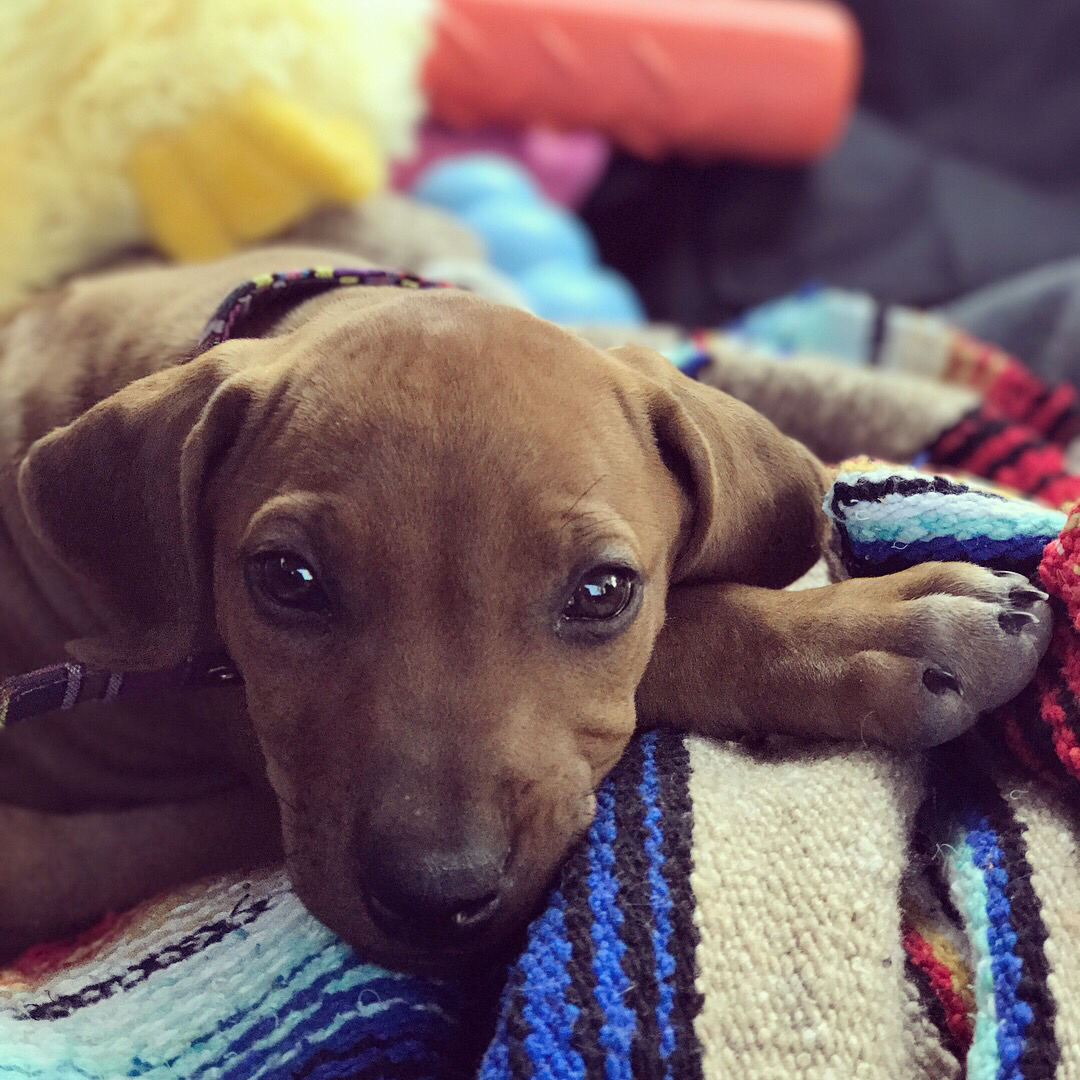
On August 27, Mike and I welcomed a 12.5 lb. Rhodesian Ridgeback puppy, Lily, into our household. Over the next year, she’ll grow into a 75-80 lb. athlete, and it’s our job to keep her healthy, exercised and well-socialized.
Naturally, I see this experience as a great way to test out new routines for effectiveness, which means Lily has become my puppy productivity muse.
Each week, I’ll share the top discoveries and lessons learned. While these may not be appropriate for your lifestyle or your pup, my intent remains the same: to continue experimenting with different approaches until I uncover the best one for our situation, and share it so that others in a similar situation can benefit from my R&D.
Here are the top takeaways from Week 1.
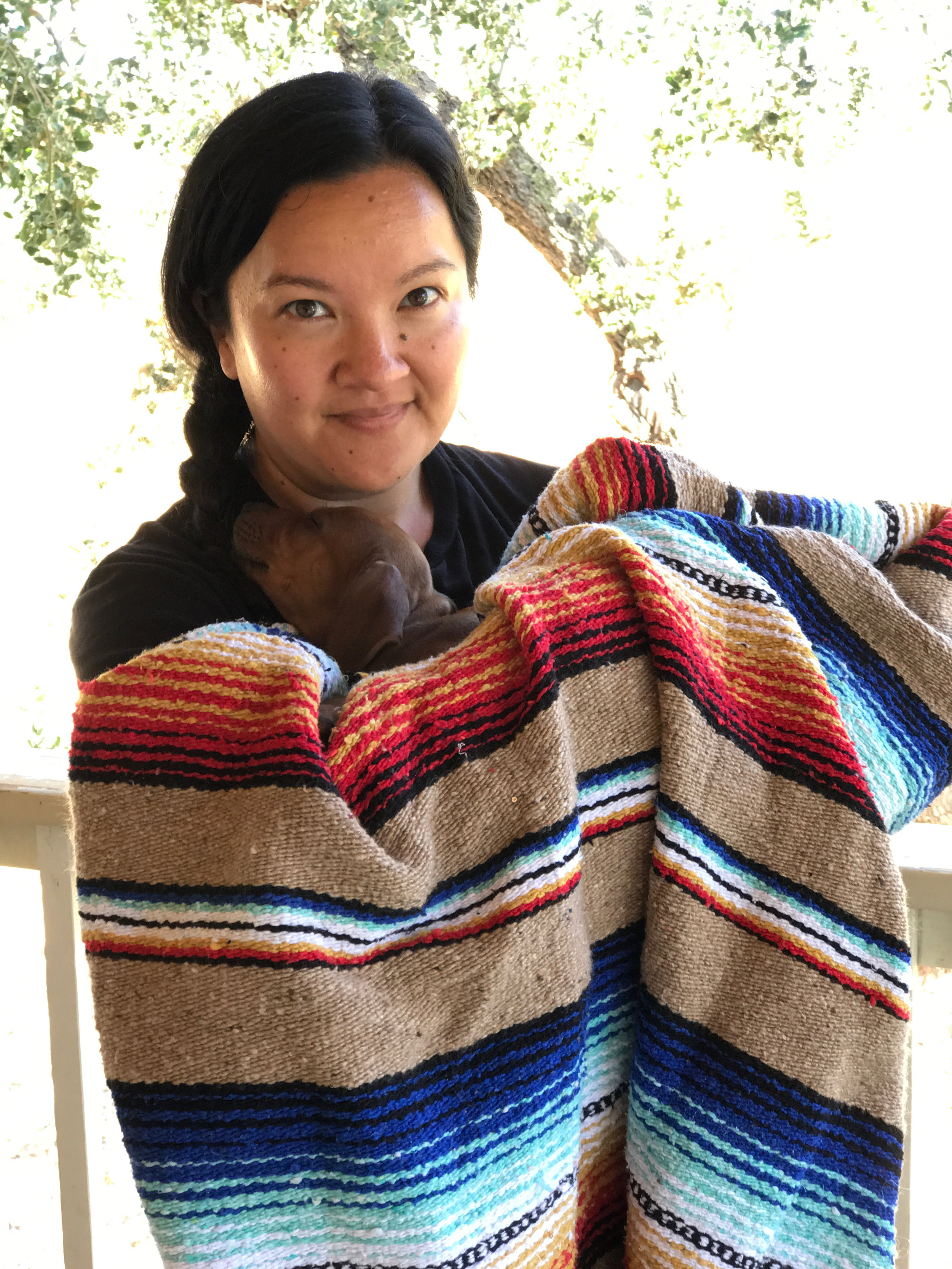
1. The New Morning Routine
By nature, I create systems and processes, and my morning ritual is a critical part of my workday. I’ve read that dogs similarly crave routine -- it gives them certainty and confidence that they’re doing the right things -- so I knew this was one area where I would excel.
Her first week home with us, Lily slept about 3 to 3.5 hours at a time before needing a nighttime potty break. Mike handled the evening shifts, and I took over between 4:30 and 5 am. It took a few days of adjustment to get this right, but Lily now knows that when she sees me in the morning, the following things will happen, in order:
I’ll greet her and let her out of her crate
We’ll go into the backyard for a potty break
We’ll come back inside, and I’ll start preparing her breakfast
She’ll get a probiotic and then her food and water
I’ll make my Bulletproof coffee and enjoy it while cuddling with her (as I am right now)
Mike, who is now awake, will play with her while I make his coffee
Every morning last week started this way. The first couple days home, Lily cried every time we were out of sight; by Thursday, she seemed content to look at us in the kitchen through her puppy gate.
If you’ve been following my morning routines, you know that Mike and I have a daily coffee meeting to run the day and set goals.
We’ve put this on hold until this routine becomes a bit more familiar, but in the weeks ahead, we’ll likely do this in the context of a morning walk with Lily.
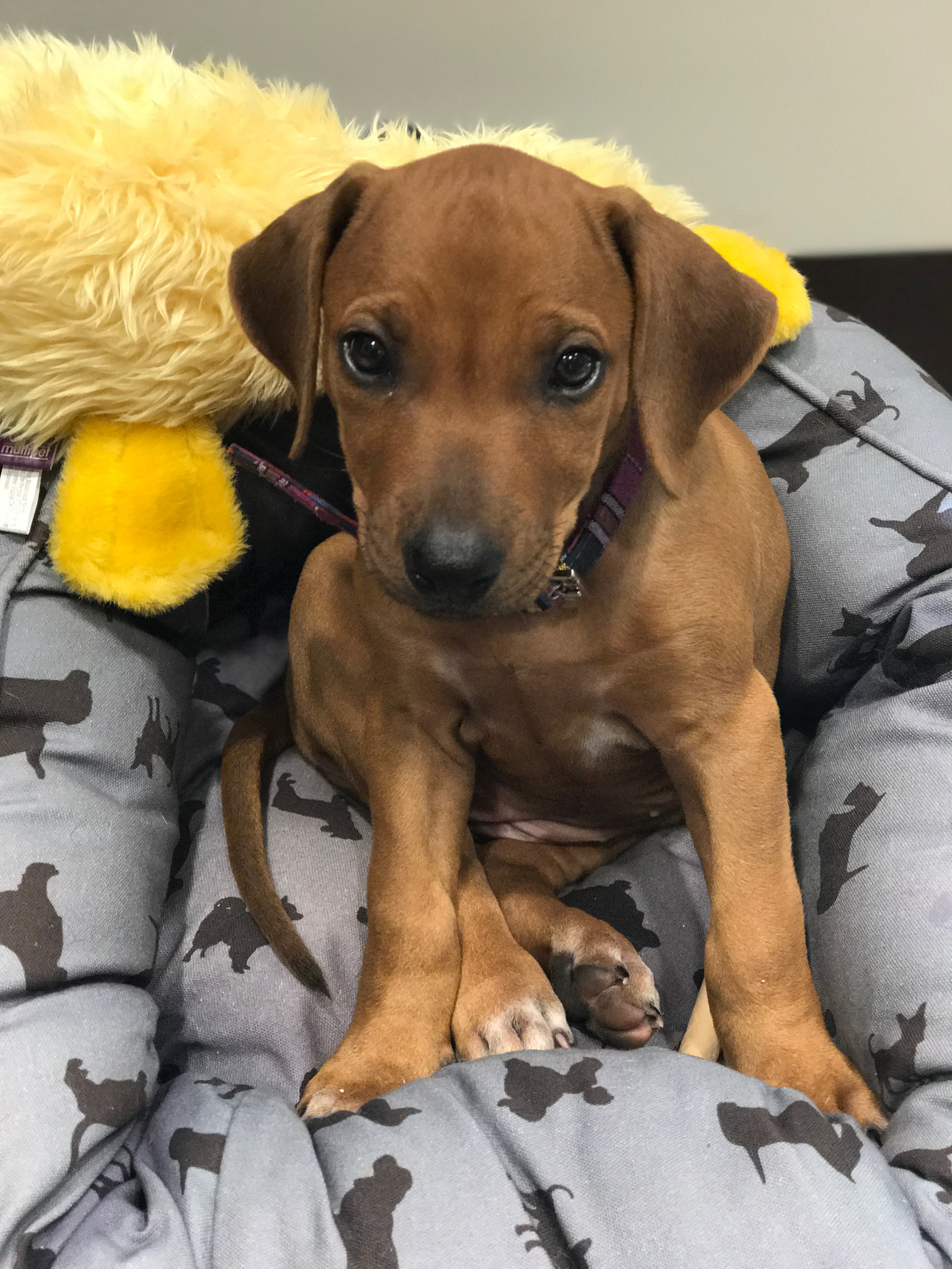
2. Outsource the Complicated Stuff
Rhodesian Ridgebacks are athletic, lean and powerful dogs. My friend and colleague Billy highly recommended feeding Lily raw food, versus kibble, which matched my independent research.
But the more I read, the more nuances on portion size, ingredient variety and nutritional makeup I saw… and I quickly got overwhelmed.
Luckily, several sites offer home delivery of prepackaged, human-grade raw dog food. One I loved, and ultimately went with, is Ollie. (In-depth review to come.)
Because Mike and I have had such great experiences with human meal delivery services in the past, I was already primed to love a puppy version. And so far, I do. It’s just as easy as scooping out kibble, except I recognize all the component ingredients.
With each biweekly shipment, Ollie includes a portion scoop and personalized guide. After every few pounds of weight Lily gains, I simply email the Ollie customer service team to update her profile. As she passes certain weight thresholds for her breed and activity level, Ollie will automatically tweak the food I receive.
While this Ollie hack costs more money than kibble, I also know I’m setting Lily up with the best nutritional foundation I can.
Another side benefit: Because of the visible quality of Lily’s food, and the energy and focus she demands during the day, Mike and I have begun making healthier eating choices as well.
3. Integration = Socialization
Another hurdle Mike and I must face is socializing Lily to as many people, situations, noises and environments as possible. But in Week 1, I was amazed at just how many places in Southern California welcome dogs.
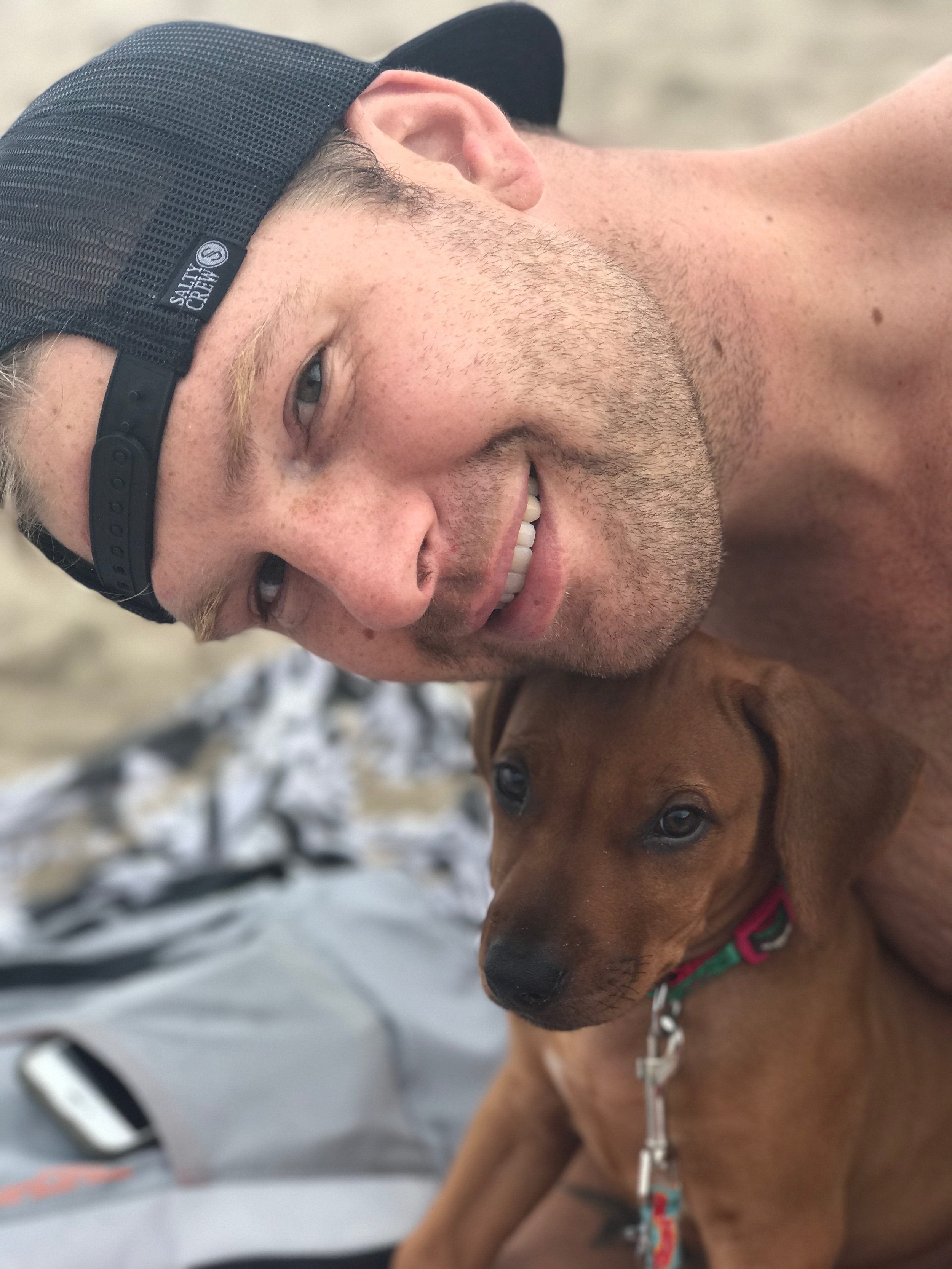
Four great local experiences we tried this week:
- Testing and Health Screening at Human Longevity Inc. (San Diego): HLI is a dog-friendly facility, so Lily was able to join us in our suite. The team had the room ready with a size-appropriate dog bed and water dish, and someone from the team was always on hand to watch Lily if Mike or I were out of the room. This helped Lily learn how to walk on several different indoor surfaces, enter big buildings, and interact with lots of different people.
- Lake Balboa Park (San Fernando Valley): My family and I used to run my childhood dog Butterbean at the cricket fields here, but for this visit, we found an isolated grassy nook near running water. Lily saw cranes, ducks, barking dogs, squealing children, trucks and cars, groups partying and planes.
- Sycamore Canyon Beach (Malibu): This dog-friendly beach was perfect for Lily to experience sand, surf, fishermen (and fish!), and people throwing footballs and playing beach games. This state beach also has an adjacent campground, which we’ll check out on a return visit.
- Malibu Country Mart (Malibu): This outdoor shopping center has abundant parks and thick green grass. We found a nice spot where Lily could watch young children playing on the playground and observe the other dogs walking by. She met a toddler and her mom, but otherwise napped.
Biggest Lessons Learned
- Keep an internal clock going for potty breaks. Lily had three “accidents” in the house -- all three occurred when we were awake and engaging with her, so we were able to pick her up and take her to the proper spot right away. I’ve read that some people even set smartphone timers as a backup reminder to take the puppy out.
- Take care of yourself, early and often. We had a couple days where we felt so frazzled that even a shower felt exhausting. The calmest days last week were the ones where we’d practiced our usual self-care behavior: exercise, sleep (nap if you have to!), and little pick-me-ups like facial masques and hair treatments.
- Capture everything. Mike and I keep each other apprised on Lily’s movements -- physical and bowel -- and this communication helps us manage her needs more effectively overnight. Every minute counts in the middle of the night, and this communication step can shorten potty breaks by several minutes.
Stay tuned for Week 2, in which I’ll share what we’re doing for obedience and leash training.


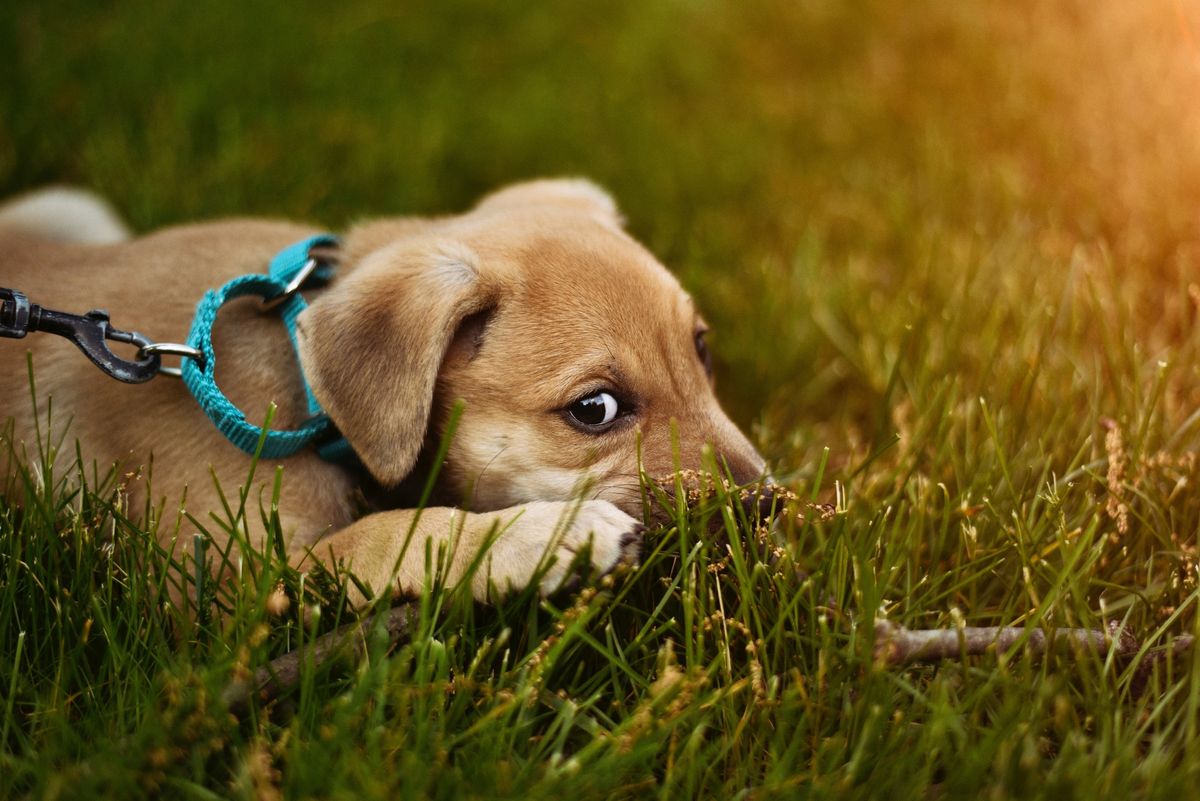


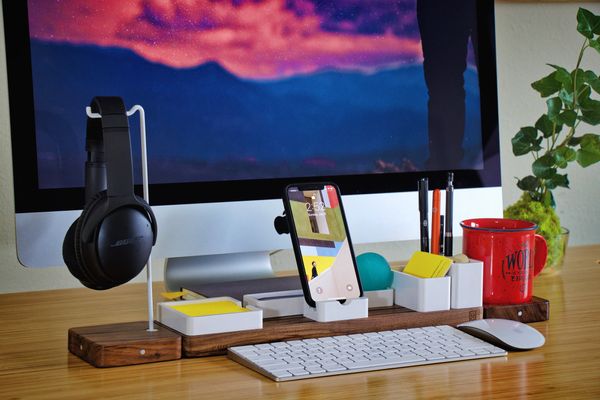
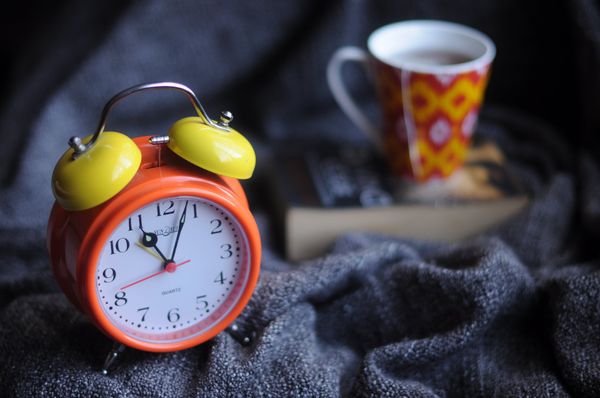


Member discussion